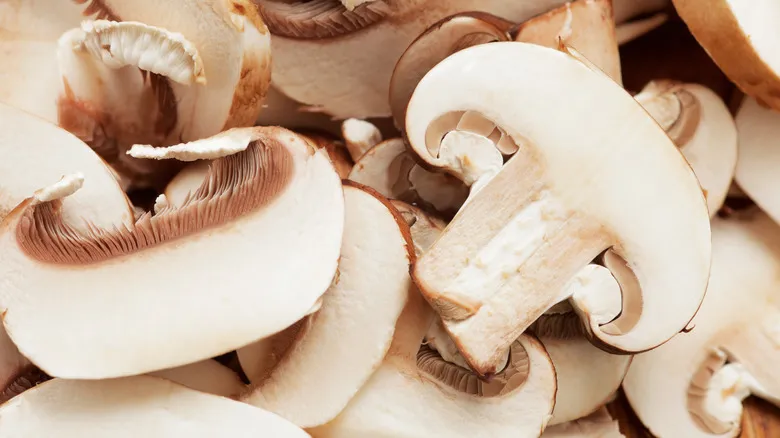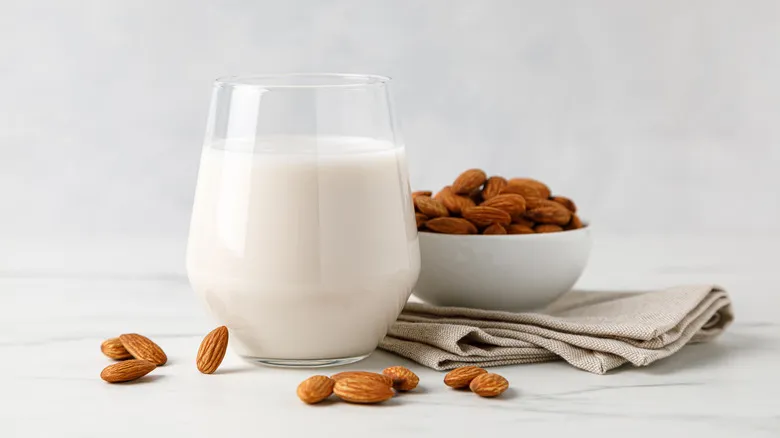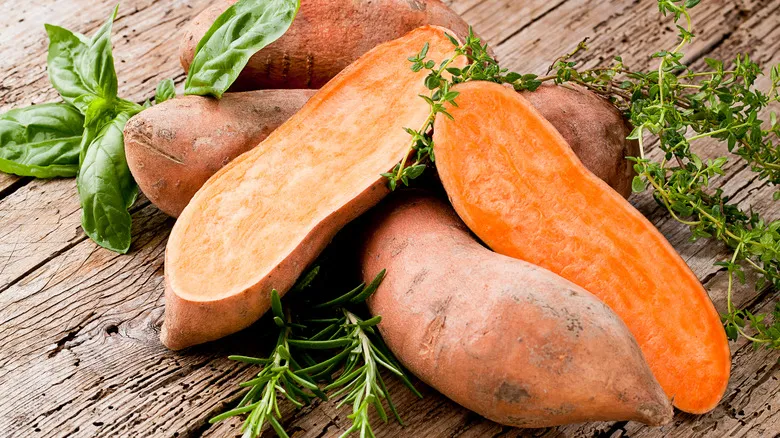Washing mushrooms won't hurt the texture

Mushrooms are not only capable of enduring a brief, gentle rinse; they can also be completely submerged in water for at least five minutes without significantly impacting their texture. America's Test Kitchen demonstrated this by weighing a batch of mushrooms, soaking them in a bowl of water, and then reweighing them to measure the moisture absorbed. The results showed that while the mushrooms absorbed just over a teaspoon of water, most of it remained on the surface. This means that any excess moisture can be easily wiped away with a clean towel, and the small amount that remains won’t affect your cooking.
America's Test Kitchen suggests rinsing mushrooms in cold water right before roasting, grilling, or sautéing. However, just because rinsing is possible doesn’t mean it’s always advisable. If you plan to eat your mushrooms raw, it’s better to brush them clean to avoid the formation of slimy spots from moisture and air. Additionally, there’s no need to wash pre-sliced mushrooms, as their packaging keeps them safe from dirt and bacteria.
When to wash your mushrooms

There are several situations where it might be best to avoid washing mushrooms. Generally, it's advisable to gently brush off the dirt from wild varieties like morels and chanterelles. These mushrooms are more fragile than standard button or cremini types, and rinsing them under water can damage their delicate structures. Gourmet mushrooms like these are usually available only through specialty gourmet websites or local farmers' markets, and they often come with a higher price tag. If you're fortunate enough to acquire some, stick to the brushing method to preserve their quality.
For the common mushrooms you find in grocery stores, you can clean them as you prefer. Most commercially available mushrooms may have a light coating of dirt from the fertilized soil used in their cultivation. While this dirt is not harmful, it can impact the flavor and texture of the mushrooms. You can rinse off the dirt, or if they require more thorough cleaning, place them in a bowl of cool water, gently agitate them with your hands for a few seconds, and then quickly transfer them to a paper towel to dry. If you still notice stubborn bits of dirt, a soft toothbrush can help remove them. Lastly, be sure to familiarize yourself with the best techniques for cooking mushrooms to perfection.
Recommended

How Long An Open Carton Of Almond Milk Should Last In The Fridge

The Right Amount Of Time To Microwave A Sweet Potato

Why You Shouldn't Hard Boil The Freshest Eggs In Your Fridge

8 Ways To Upgrade The Flavor Of Chicken Breast
Next up

